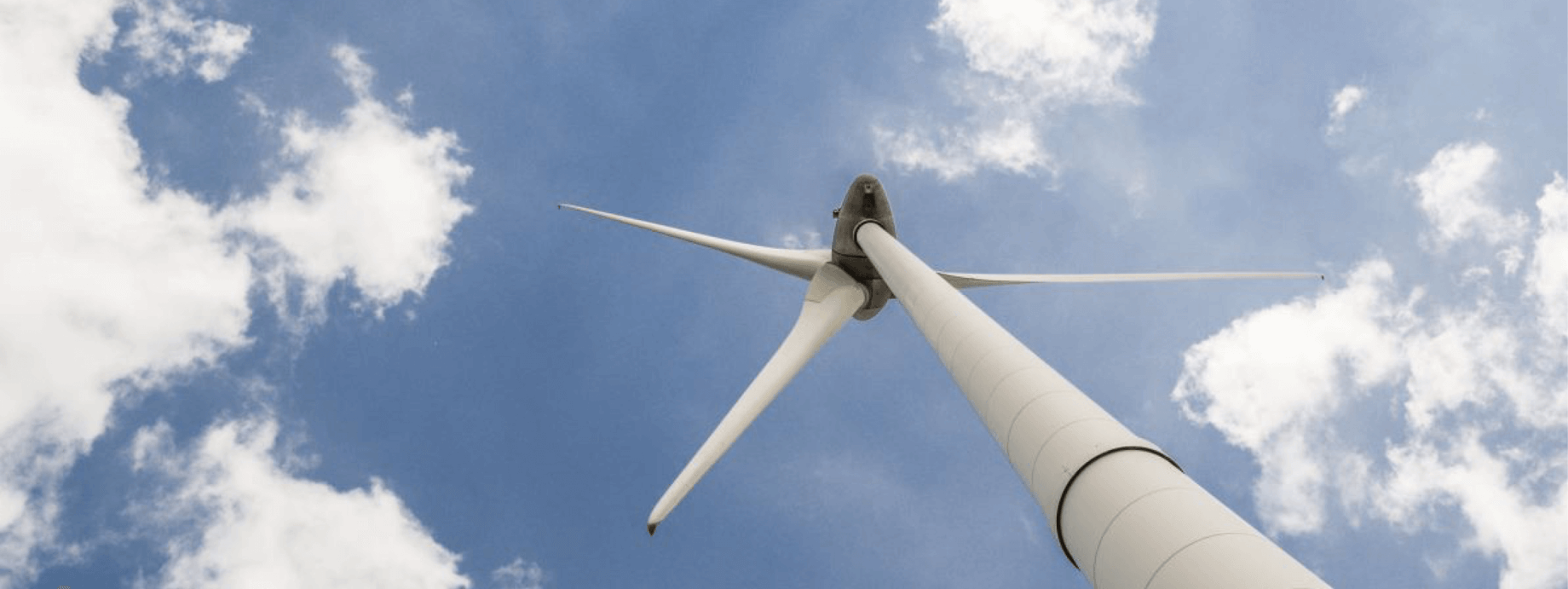After 18 months of consultations, the long-awaited Offshore Electricity Infrastructure Bill 2021 has been brought before the Australian Parliament.
This Bill is designed to establish a regulatory framework around which a new offshore electricity generation industry can be created in Australia. Should it be passed, this Bill would likely see significant development of Australian energy production capabilities and would allow Australia to join the growing list of nations investing into the offshore energy generation sector.
A new frontier
With the socially and market driven push towards investment into renewable energy accelerating, as well as demands for reinforcement of grid security, the passage of this Bill would provide much needed regulatory certainty in this emerging sector. Developers would receive clear legislative guidance, providing them and their investors with the confidence to begin making large-scale investment into energy transmission, hydro, wind, and solar generation projects. This is designed to provide a market-driven approach to offshore energy production, placing downward pressure on wholesale energy prices; and to support existing infrastructure projects such as the Marinus Link, Star of the South and Sun Cable.
This Bill has been referred to the Federal Senate Environment and Communications Legislation Committee, with a report due on 14 October 2021.
What does the bill do?
There is currently no specific regulation targeted at offshore energy generation and transmission, the absence of which has contributed to the current industry hesitancy to invest in this sector in Australia.
The Bill sets up a regulatory regime and licensing system for the creation and management of Offshore Energy Infrastructure (OEI) in certain declared areas of the Commonwealth Offshore Area (COA), defined as the waters three nautical miles offshore up to the outer edge of Australia’s Exclusive Economic Zone. This specifically excludes the coastal waters of a State or Territory, and the airspace over and the seabed and subsoil beneath those coastal waters, within the meaning of the Coastal Waters (State Powers) Act 1980 and the Coastal Waters (Northern Territory Powers) Act 1980 from OEI activities.
Licences
There are three primary licensing streams: commercial licences that last for 40 years and provide rights for large-scale commercial electricity generation projects; 10-year research and demonstration licences that allow for site testing and the assessment of new technology; and non-exclusive transmission and infrastructure licences that provide for various transmission related infrastructure to be created and maintained.
Feasibility licences
To be granted a commercial licence under the Bill, a preliminary feasibility licence must first be obtained. These licences are granted on a competitive basis, last for 7 years and allow for exploratory activities to be undertaken in a designated area. A feasibility licence holder will need to meet certain criteria before a commercial licence will be granted, including having an approved management plan and providing financial security before an OEI is installed to ensure that developers will cover the cost of decommissioning the OEI. Commercial viability of any OEI project must also be demonstrated, although this is not a competitive application process as only existing feasibility licence holders may obtain commercial licences.
Regulation
The Bill contemplates the provision of certain heads of power and the creation of flexible subordinate legislation that can be tailored towards best practice industry standards. Key regulatory goals of the Bill are to provide for work, health and safety protections for developing OEI, especially surrounding structural integrity, and to provide a regulatory ‘light-touch’ to avoid stifling innovation and investment for low-risk activities.
Declared areas
The Bill grants the Minister the power to determine specified areas of the COA as declared areas suitable for OEI activities. This will allow for specific protection of offshore workers from other users of the marine environment, such as through the implementation of designated safety and protection zones prohibiting certain activities in these areas; as well the exclusion of certain areas from OEI activity, such as for environmental or strategic reasons. It is specifically noted in the Bill that a defendant bears the evidential burden in cases where there are allegations of unauthorised OEI activities being conducted, due to such information being ‘peculiarly within the knowledge of the defendant’. It will therefore be imperative that operators are able to clearly demonstrate regulatory approval of all activities being conducted in a declared area.
Oversight
The National Offshore Petroleum Safety and Environmental Management Authority (NOPSEMA) and the National Offshore Petroleum Titles Administrator (NOPTA) are the two bodies proposed to act as regulatory body and registrar respectively in this industry. The Regulator would be empowered to enforce compliance with the regulatory framework, including monitoring and inspection powers, the ability to issue notices and financial penalties as well as to seek prosecution for offences. The Registrar would assist the Minister for Energy in the provision and administration of the licensing regime. These bodies were selected for their previous expertise in regulating existing offshore energy generation infrastructure for the petroleum and gas industries.
Interaction with existing stakeholders
The Bill is designed to augment and coexist with existing legislation, including the Environment Protection and Biodiversity Conservation Act 1999 and the Fisheries Management Act 1991. In particular, the Bill is specifically crafted to not onerously restrict existing use of the marine environment, such as thoroughfare through Australian waters and commercial fishing activities.
It will be interesting to watch the developments in the passage of this Bill, including any proposed amendments. Whatever the final version, this Bill holds the promise of huge commercial opportunities and represents a significant stride towards a more sustainable future.



